The people at Amcel
In alphabetical order
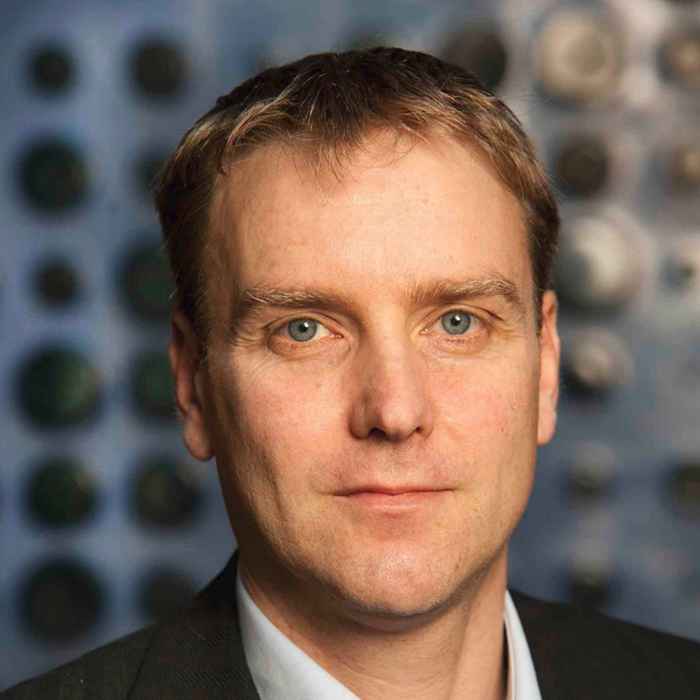
Peter Bolhuis
Breakthroughs in electrochemistry require fundamental knowledge of what is going on at the molecular level
Prof. Peter Bolhuis
Van 't Hoff Institute for Molecular Sciences
p.g.bolhuis @uva.nl | 020 – 5256447
Peter Bolhuis develops and applies advanced computer simulations to study the molecular underpinnings of complex molecular systems, including those relevant in electrochemistry. Using these methodologies, one is able to reveal reaction mechanisms, predict material properties, and even design them. The theoretical concepts developed and the chemical insight created by these simulations will enable experimental colleagues to design improved devices and processes.
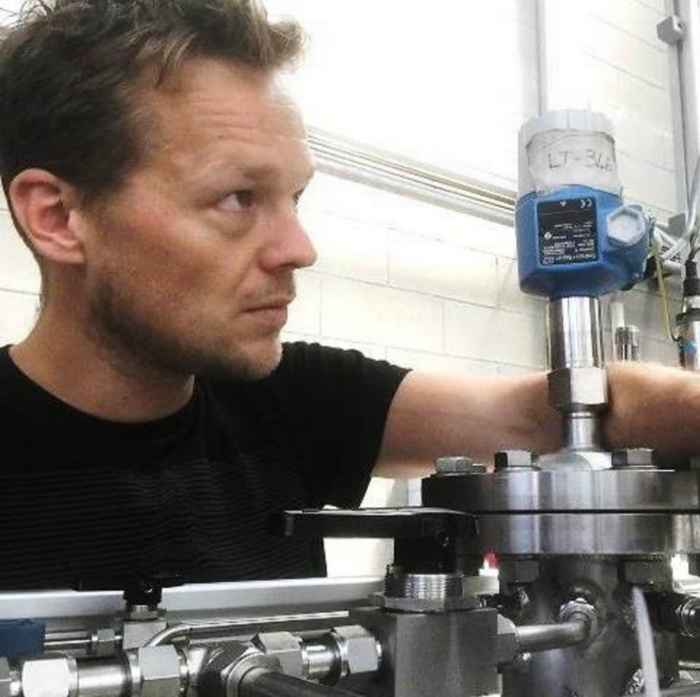
Bart van den Bosch
Electrocatalytic CO2 reduction and hydrogen production can become economically more viable when paired with valuable oxidation reactions.
Dr. Bart van den Bosch
Avantium | Volta
bart.vandenbosch@avantium.com | +31 6 46799520
Electrocatalysis can provide more sustainable and thus competitive alternatives to petro-based processes. At Avantium a multidisciplinary team works on the development of sustainable, new electrocatalytic processes with potential large-scale application. This is challenging since existing processes are often highly optimized and hard to replace. To accelerate this, it is important to look beyond the chemistry, at all aspects of industrializing new processes. Bart van den Bosch is developing processes in which CO2 reduction reactions are coupled with oxidative processes that yield valuable compounds. By pairing valuable reduction and oxidation reactions the OPEX and CAPEX associated with electrocatalysis can be lowered.
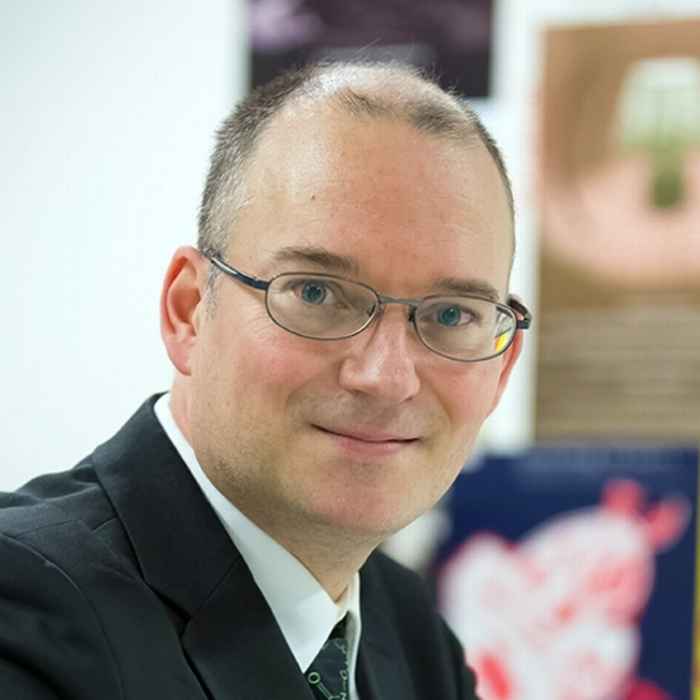
Bas de Bruin
Electrochemistry can make the synthesis of chemical products more sustainable.
Prof. Bas de Bruin
Van 't Hoff Institute for Molecular Sciences
b.debruin@uva.nl | 020 - 5256495
The production of many chemical products requires the use of oxidizing and reducing agents or catalysts. Electrochemistry can reduce the amount of catalyst that is needed by reactivating it at the electrode. Another opportunity is that electrochemistry can generate very reactive catalysts in-situ during the synthesis. Bas de Bruin is using this combination of catalysis and synthesis to optimize chemical processes, making them more sustainable.
Electrochemistry is also a great tool to investigate at which potential the desired product is formed, and whether or not this is a reversible step. This allows Bas de Bruin to develop the right catalysts.
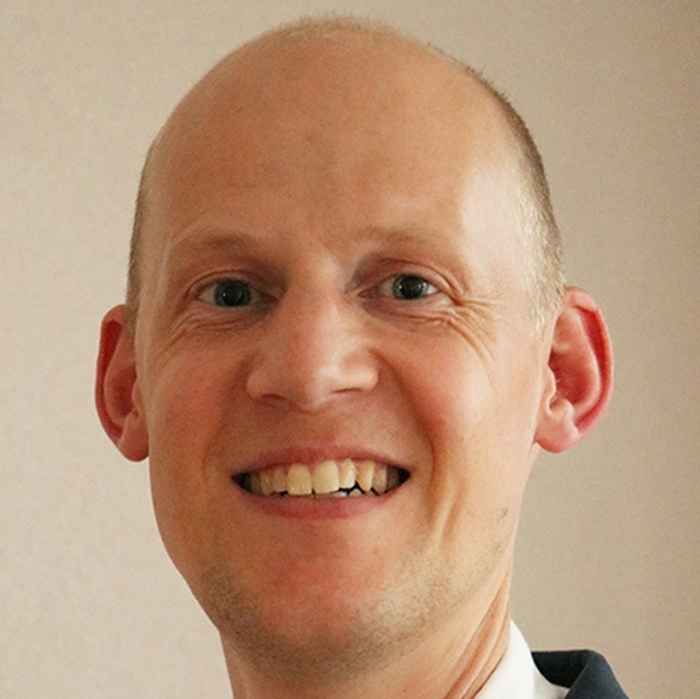
Remko Detz
A sustainable industry requires novel technology options to produce the fuels and chemicals of our need
Dr. Remko Detz
Netherlands Organisation for Applied Scientific Research (TNO)
remko.detz@tno.nl | +31 6 5000 9669
The deployment of renewable energy supply options, such as solar photovoltaics and wind turbines, is key for a successful energy transition. To profit from their full potential, new technology is required that uses renewable energy to produce molecules (next to electrons). Electro- and photochemistry routes can play an important role in that renewable energy is used to produce fuels and chemicals starting from simple and sustainable building blocks like water and CO2. To accelerate the development of these novel routes, Remko Detz analyses the techno-economic challenges to better understand at an early stage which (photo)electrochemical processes and products are most attractive in terms of avoided emissions, energy requirement, scalability, and costs.
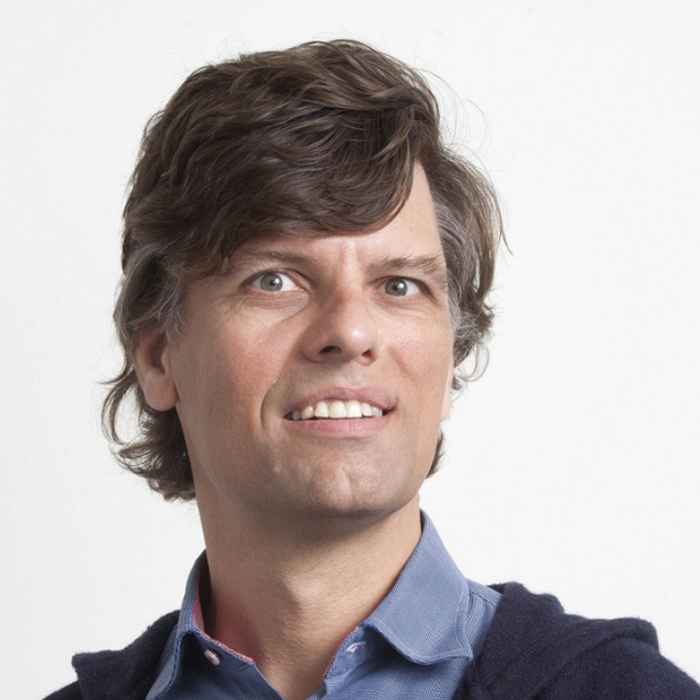
Bernd Ensing
Electrochemistry will become very important in a society based on renewable energy, and not enough people are realizing this.
Dr. ir. Bernd Ensing
Van 't Hoff Institute for Molecular Sciences
b.ensing@uva.nl | 020 - 5255067
Little is known about what is exactly going on at the surface of an electrode. Bernd Ensing wants to understand which factors influence proton and electron transfer. With computational chemistry, it is possible to make a well-defined model that helps in understanding what is happening at the surface. It helps in answering questions such as: what is really important to know, and to measure? This leads to an improved understanding of the crucial parameters that need to be controlled in the laboratory. This collaboration between theoretical and experimental chemistry will lead to improved electrochemical processes.
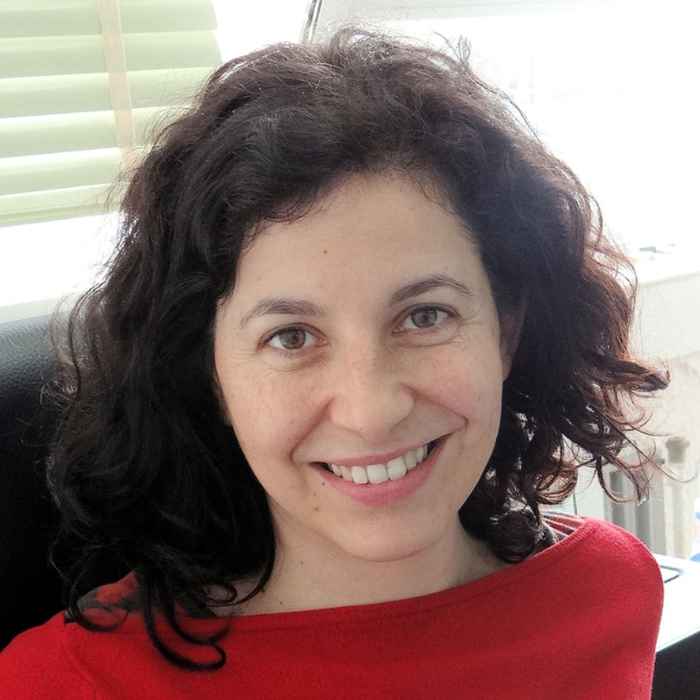
M. Angeles (Tati) Fernández Ibáñez
Combining electrosynthesis and photocatalysis to have redox-neutral processes.
Dr. Tati Fernández Ibáñez
Van 't Hoff Institute for Molecular Sciences
m.a.fernandezIbanez@uva.nl |020 - 5258753
Many metal-catalyzed synthetic transformations require the use of stoichiometric amounts of oxidizing or reducing agents. Tati Fernández Ibáñez is focusing on the activation of inert C-H, C-X, and C-C bonds. With the aim to have more sustainable methodologies for the synthesis of high-value chemicals and materials, she aims to use electrosynthesis and photocatalysis to have redox-neutral processes.
Tati Fernández Ibáñez will focus on
* the combination of transition metals and electrocatalysis for the functionalization of inert bonds to avoid the use of stoichometric amounts of oxidants; and
* the direct activation of these inert bond by the aim of photo- or electrocatalysis.
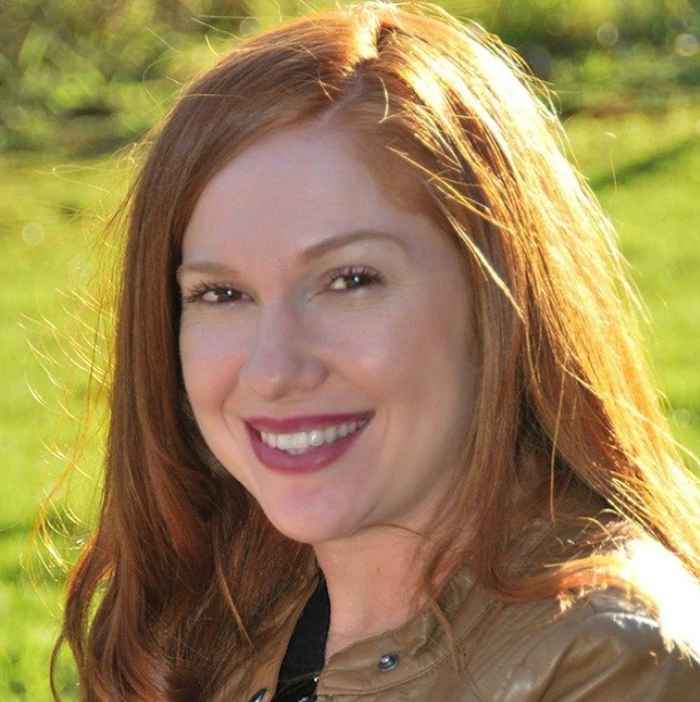
Amanda Garcia
Electrochemistry can help to store electricity and it enables the production of green chemicals.
Dr. Amanda Garcia
Van 't Hoff Institute for Molecular Sciences
a.c.garcia@uva.nl
Electrochemistry holds the key for transferring the renewable energy generated by sunlight or wind, ultimately enabling greener industrial processes. Therefore, there is an urgent need to further develop the discipline of electro-organic synthesis, which directly enables the use of electricity to generate a variety of valuable and sustainable products. Amanda Garcia points out that the implementation of large-scale electrification by the chemical industry still faces serious challenges. New electrochemical technologies have to be developed and related scaling-up issues have to be solved. More fundamental challenges relate to the limited efficiency of some chemical transformations and the hitherto relatively limited scope of electrochemical synthesis. To help in this transition, Amanda Garcia is studying the organic electrochemical transformations at atomic and molecular levels using in situ spectroscopic techniques. Because only when we can understand the fundamental aspects of those transformations, we will be able to translate organic electrosynthesis to industrial application.
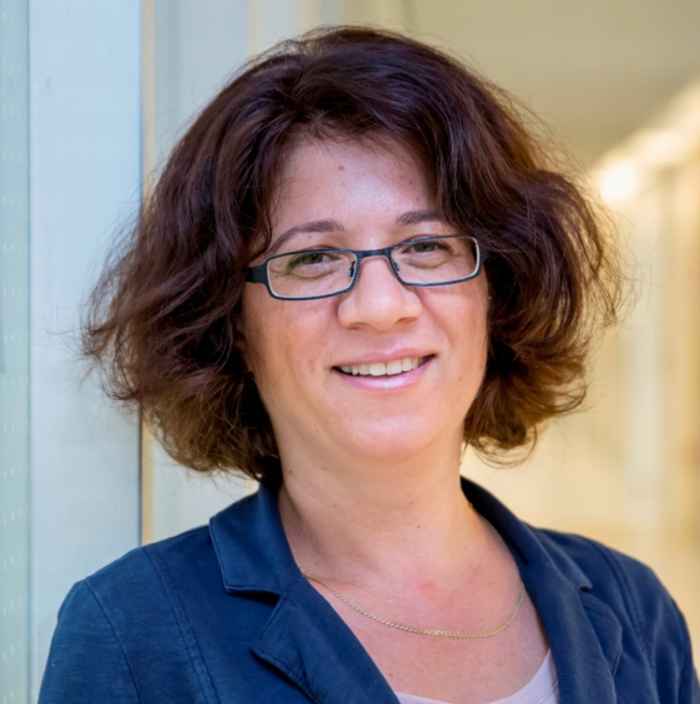
Stefania Grecea
We need to combine molecules and materials.
Dr. Stefania Grecea
Van 't Hoff Institute for Molecular Sciences
s.grecea@uva.nl | 020 - 5257245
At the interphase of an electrode surface, materials and molecules come together. This is exactly what Stefania Grecea is working on. She is developing novel materials, in which molecules and materials are combined. An example of such a material is a Metal Organic Framework (MOF). Because of the unique properties of these materials, multiple properties can be combined in one material. For example, new sensors can be developed that combine electrical and optical properties. On a larger scale, combined carbon dioxide adsorption and reduction with a multifunctional material would be a promising application.
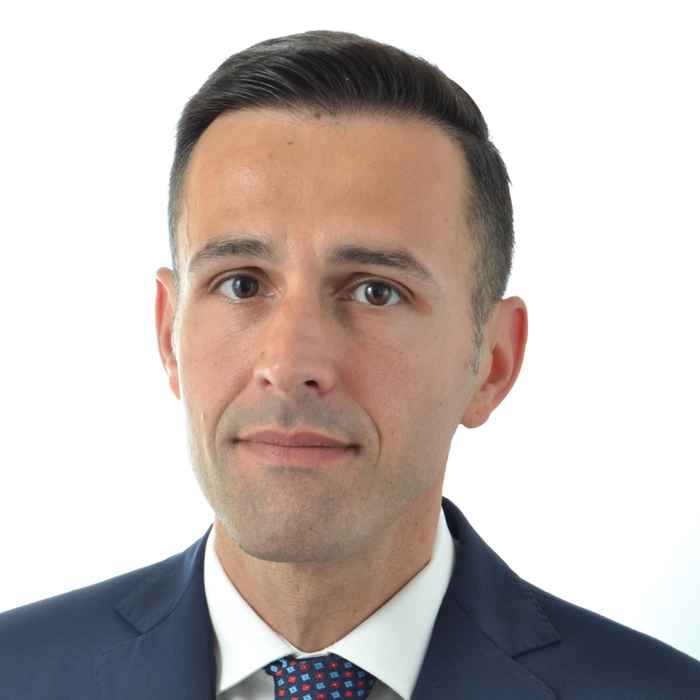
Francesco Mutti
Bioelectrocatalysis for more sustainable chemical synthesis, production of renewable energy, and novel (bio)sensing platforms.
Dr. Francesco Mutti
Van 't Hoff Institute for Molecular Sciences
f.mutti@uva.nl | 020 - 5258264
Bioelectrocatalysis combines the high selectivity and mild operational conditions of enzymes with the use of a sustainable source of electricity. It entails three main sub-areas of application: enzymatic electrosynthesis, enzymatic fuel cells and biosensing. One example of enzymatic electrosynthesis is the use of oxidoreductase enzymes for the stereoselective synthesis of high-value chemicals via a redox process that is supported by an electrode. The electrode can enable recycling of redox cofactors, thus avoiding the use of sacrificial co-substrates, or act as direct electron source for an enzymatic reaction. On the other hand, oxidoreductases can also catalyse conversion of chemicals (fuels) to produce ‘green’ electrical energy. Finally, enzyme-based electrochemical sensors possess high selectivity for detection of specific analyte in a complex environment and therefore find applications in medical diagnosis, drug screening, food quality control and environmental monitoring.
As experts in the field of biocatalysis, Mutti’s group contributes with the development of hybrid bio-electrochemical systems for the sustainable and efficient synthesis of chiral organic molecules; oxidoreductase enzymes suitable for incorporation in fuel cells; and construction of sensitive, stable and low-costs biosensors.
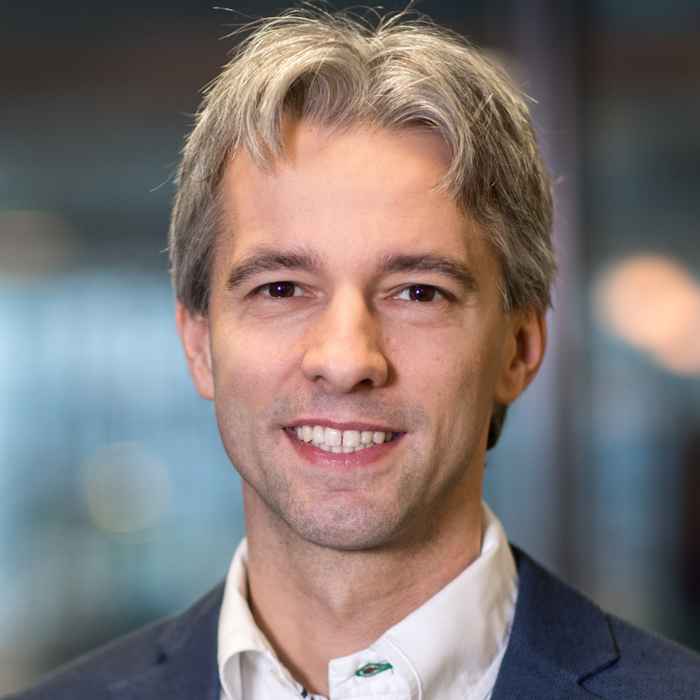
Timothy Noël
Electrochemistry allows me to devise new strategies to make organic molecules.
Prof. dr. ing. Timothy Noël
Van 't Hoff Institute for Molecular Sciences
t.noel@uva.nl | 020 - 5252184
Often expensive reagents are needed to prepare organic molecules. With electrochemistry, one can directly bring molecules into an activated state to make them more reactive. Timothy Noël is focusing on using electrochemistry as a tool to develop new synthetic strategies for organic molecules. Important in his work is the use of technology to overcome limitations associated with batch electrochemistry, such as slow reactions, reduced selectivity, and limited scale-up. In Noël’s work, electrochemical flow microreactors are used to address these issues. Also, detailed studies (e.g. Computational Fluid Dynamics) are carried out to understand the effects of multiphase flows in these flow cells.
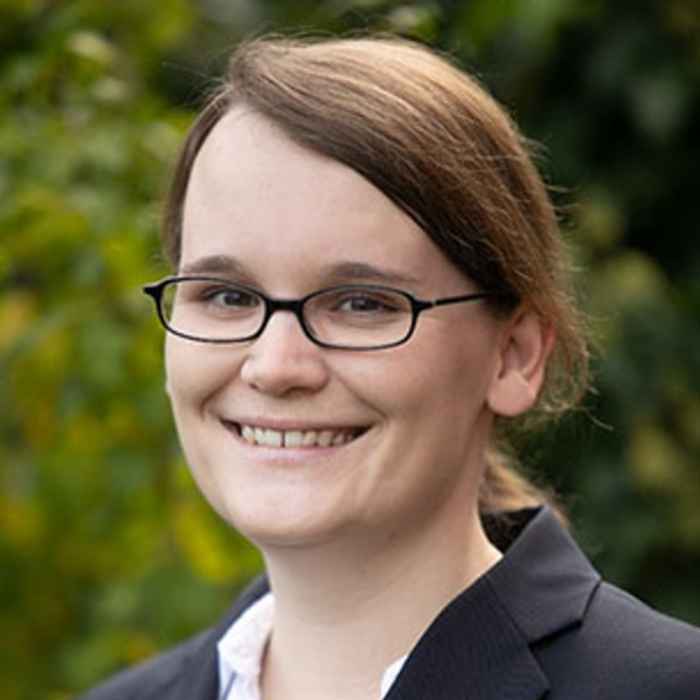
Sonja Pullen
Combining the best of homogeneous and heterogeneous catalysis.
Dr. Sonja Pullen
Van 't Hoff Institute for Molecular Sciences
s.pullen@uva.nl
In the future, (photo-)electrochemical reactions powered by sunlight or renewable electricity will play a major role in the synthesis of fine chemicals, production of fuels, and in waste treatment. Therefore, the design, synthesis and scale-up of functional catalysts and materials for the conversion of small molecules and organic (photo-)redox catalysis are of utmost importance.
Sonja Pullen utilizes molecular redox catalysts as building blocks in supramolecular systems such as metal-organic frameworks (MOFs) and discrete coordination cages. While MOFs are considered as heterogeneous materials, the investigated coordination cages are of homogeneous nature. In both, the catalyst is provided with a protective and cooperative environment by design, leading to improved performance. Furthermore, precise positioning of functional groups around the catalyst allows to control the direction of reaction pathways.
In particular focus are coordination cages that are mimicking the structure of well-known chemically stable MOFs. These MOF-mimics are studied by means of electrochemistry to understand fundamental mechanistic aspects. Immobilized on electrodes, such systems will be employed in devices such as flow-reactors or solar fuel cells.
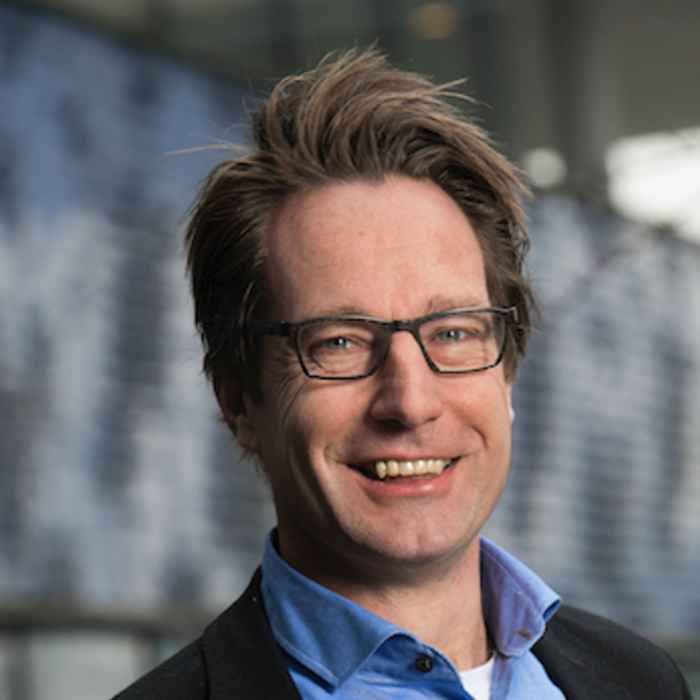
Joost Reek
There is a lot to learn from Nature on how to convert solar energy to fuels.
Prof. dr. Joost Reek
Van 't Hoff Institute for Molecular Sciences
j.n.h.reek@uva.nl | 020 - 5256437
The use of solar energy to produce fuels from water (and possibly carbon dioxide) will become very important to replace fossil resources. Joost Reek is studying the production of solar fuels, using devices based on molecular components as nature does. With the overall goal to store the energy from light in chemical bonds, his research is focused on the molecules in three important steps: capturing the energy from the sunlight, achieving charge separation, and using charges for redox reactions such as water oxidation and proton reduction. The solar energy can also be used to generate other basic products in catalytic processes that are generally slower than the light adsorption and charge separation. This mismatch can lead to unproductive pathways (charge recombination). To improve the efficiency of both the light adsorption and the catalytic conversion into products such as hydrogen, Reek uses well-designed catalysts and light absorbers, combined with supramolecular strategies to properly organize the molecular components and to direct the diverse processes.
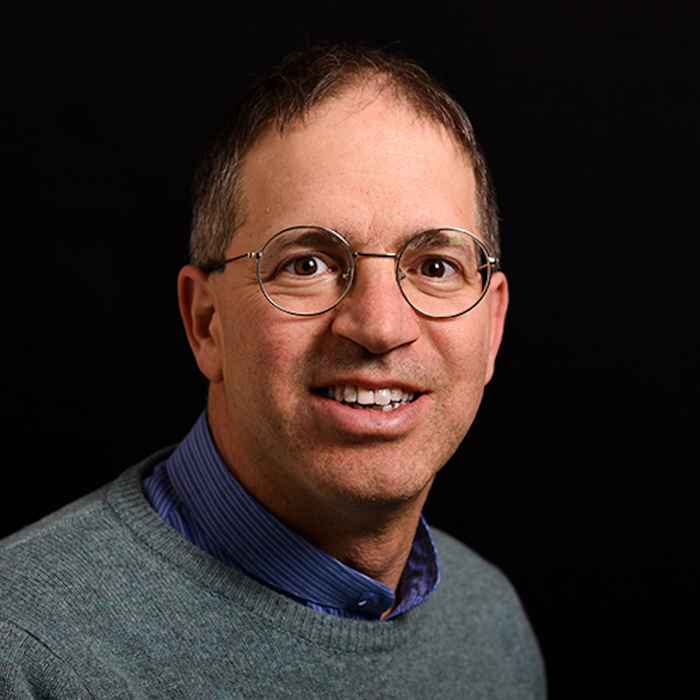
Gadi Rothenberg
Electrochemistry will bring new solutions.
Prof. dr. Gadi Rothenberg
Van 't Hoff Institute for Molecular Sciences
g.rothenberg@uva.nl | 020 - 5256963
Electrochemistry will be an important area of research in the coming decade: it provides us with new capabilities and tools for addressing the challenges faced by 21st-century society. Since the development of petrochemistry in the 20th century, the chemical industry has not seen radical changes. Using electrochemistry and electrocatalysis will enable industry to convert molecules such as carbon dioxide at moderate temperatures and pressures. Gadi Rothenberg is researching new methods and new materials for accelerating the development of novel (electro)chemical processes. With these new methods and materials, Rothenberg’s group tackles the problems of air pollution, CO2 conversion, biomass conversion and waste recycling and reuse.
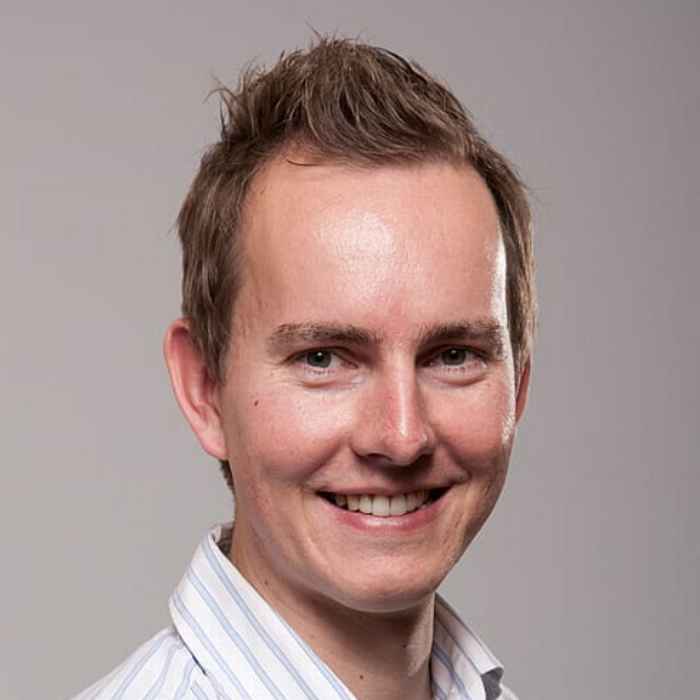
Chris Slootweg
I want to understand the fundamentals to know what is needed to create new applications.
Dr. Chris Slootweg
Van 't Hoff Institute for Molecular Sciences
j.c.slootweg@uva.nl | 020 - 5258367
A covalent bond between two atoms is built out of a pair of electrons. Chris Slootweg studies reactions in which one electron transfer is associated with the breaking of a bond but in which either no bond formation occurs or, if it does, it takes place in a separated step. Understanding these reaction mechanisms can be of great help in designing new synthesis routes to make new molecules and materials. It can also provide insights into the activation of methane or dinitrogen. Chris Slootweg is one of the founders of SusPhos, a company working on closing the phosphorus cycle. The knowledge of single electron transfer is of great help in converting phosphate waste into useful products by controlling the oxidation state of phosphorus.
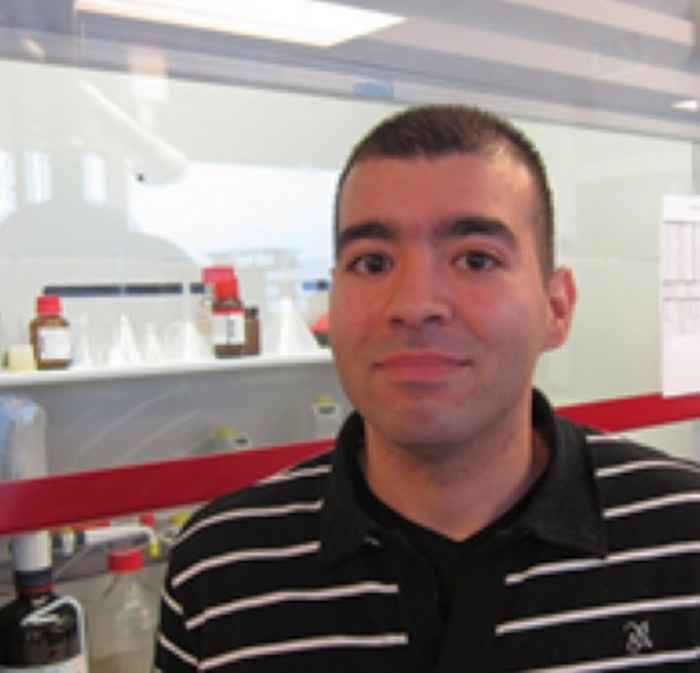
Anass Znabet
Electrochemistry needs professionals who can put new technologies into practice.
Dr. Anass Znabet
Inholland University of Applied Sciences
anass.znabet@inholland.nl
To reach our CO2 targets, we need to train professionals who can develop, build and use new sustainable technologies. Currently there is little expertise at the HBO level in the area of electrochemistry. Inholland University of Applied Sciences wants to change this, and train young professionals in the area of electrochemistry and material science. These professionals need a broad and multi-disciplinary perspective since the field of electrochemistry is still under development. The education and training need to be done in strong collaboration with companies and universities in the area of Amsterdam to ensure that the students are trained in the right subjects and technologies.